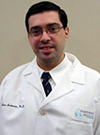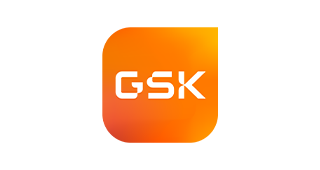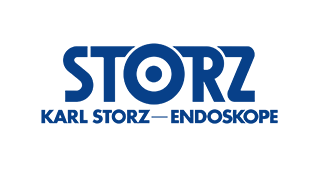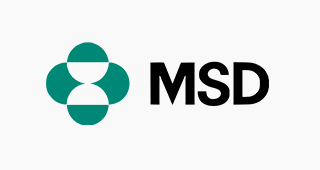Commentary on Dissolution Therapy versus Shock Wave Lithotripsy for Radiolucent Renal Stones in Children: A Prospective Study
SIU Academy®. Andonian S. 09/08/14; 62918
Topic: Research
Editorial Review
{$tab-review-references}
Discussion Forum (0)
Rate & Comment (0)
Pure uric acid stones are radiolucent on plain radiographs, have low computed tomography (CT) attenuation (Hounsfield Unit [HU] <500), and are associated with acidic urine pH (≤ 5.5). Factors associated with uric acid stones in the pediatric population include: idiopathic hyperuricosuria, metabolic hyperuricosuria (Lesch-Nyhan syndrome), extensive cellular turnover (hemolytic anemia), uricosuric drugs, and chemotherapy. Although standard treatment options for children with uric acid stones include shockwave lithotripsy (SWL), retrograde ureteroscopy (URS) and holmium laser lithotripsy, and percutaneous nephrolithotomy (PCNL), all of these procedures, including SWL, require general anesthesia in children. As oral alkalization therapy for uric acid stones is well established as an effective and totally non-invasive therapy in the literature, Elderwy et al. performed a randomized controlled trial (RCT) comparing SWL with oral alkalization with potassium sodium hydrogen citrate at a dose of 1 mEq/kg/day in 2 or 3 divided doses [1]. There were 48 children in the medical dissolution group and 39 children in the SWL group. The mean age was 2.5 years (range, 0.5–13 years), with a mean stone size of 12 mm (range, 7–24 mm). After a 3-month follow-up, there was no significant difference in stone-free rates between medical dissolution and SWL, with stone-free rates of 72.9% and 82.1%, respectively (p=0.3). Therefore, medical dissolution therapy with potassium sodium hydrogen citrate was as effective as SWL. Children who failed the medical dissolution therapy likely secondary to noncompliance, due to the poor taste of the medication, were treated with SWL and URS. Therefore, this RCT has shown that SWL with inherent general anesthesia was avoided in 73% of children with pure uric acid stones. I agree with the authors that in children with uncomplicated uric acid stones (no high-grade obstruction or infection), it is worth trying oral alkalization therapy. It is important to monitor urine pH, as the authors did aim to keep the pH between 6.2 and 6.8. Furthermore, oral alkalization therapy has been shown to reduce stone recurrence rates post-SWL and PCNL when used as an adjunct with these procedures [2]. Therefore, oral alkalization therapy is beneficial not only as dissolution therapy, but also as a preventive adjunct to other endourologic procedures. However, the taste of these medications is not palatable to all patients, particularly children. Therefore, newer formulations with better taste and/or smaller tablets are needed to improve compliance to these oral alkalization agents.
References
1. Elderwy AA, Kurkar A, Hussein A, et al. Dissolution therapy versus shock wave lithotripsy for radiolucent renal stones in children: a prospective study. J Urol. 2014;191(5 Suppl):1491– 1495.
2. Lojanapiwat B, Tanthanuch M, Pripathanont C, et al. Alkaline citrate reduces stone recurrence and regrowth after shockwave lithotripsy and percutaneous nephrolithotomy. Int Braz J Urol. 2011; 37(5):611–616.
Code of conduct/disclaimer available in General Terms & Conditions
{{ help_message }}
{{filter}}







